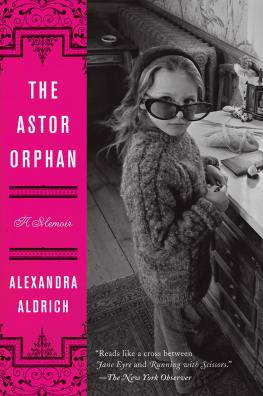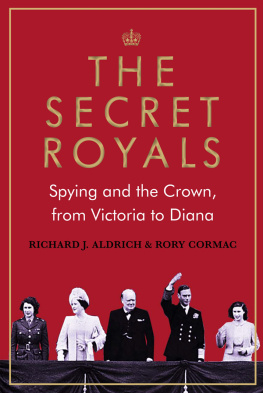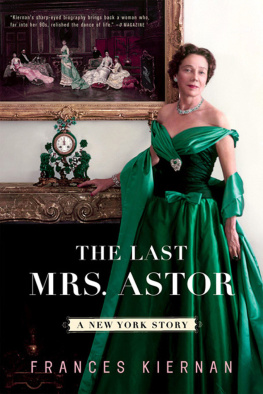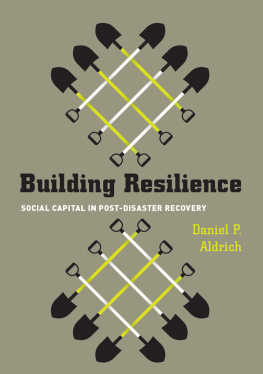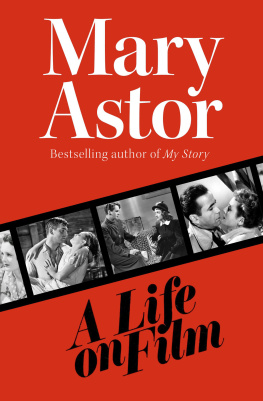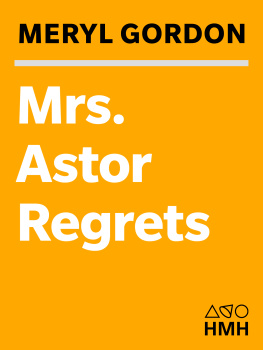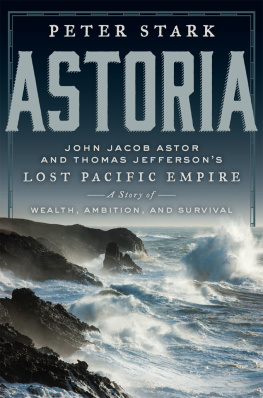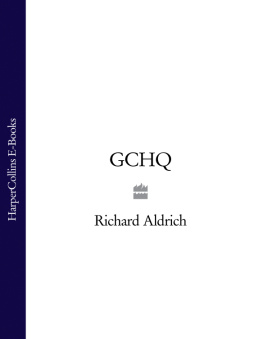
To my parents,
Rokebys current guardians
CONTENTS
PART ONE
Rokeby Dreams
PART TWO
Elements of Disorder
PART THREE
Artists and Drifters
PART FOUR
All in a Summers Plunder
PART FIVE
Other Exiles
PART SIX
In Search of Self
T he Declaration of Independence was signed byamong othersour ancestor Robert Livingston, I lectured my younger cousin Maggie as we crunched through the snow on our way to the pond. It was mid-December.
You forgot about the tea. Maggie yawned.
I didnt forget. That isnt what Im discussing. But I can tell you about the tea if youd like.
I already know.
I was ten and used instruction of various kinds to assert my authority over my younger cousinsMaggie, six, and Diana, fiveas frequently as I could. I was determined that they shouldnt grow up to treat me with the same disdain with which they treated my father. But it seemed the damage had been done.
Maggie eyed me slyly. Who bought you that new down vest?
Grandma did.
Grandma says your daddy cant get a job.
Thats not true. He fixes things, plows and mows the fields...
Hes poor. Thats why Grandma buys you clothes.
I had no answer.
Our skates, tied together so we could carry them on our shoulders, went clickety-clack as they swayed with the rhythm of our walking. We used secondhand figure skates that Grandma Claire picked up at church rummage sales; they were, therefore, only our approximate sizes. Too big wont matter, because you wear layers of socks, anyway. And youll grow into them soon enough.
Mom was with us, her red two-piece snowsuit swishing as she strode along. Mom came to life in the dead of winter. Her Polish cheeks grew rosy, and her breath grew strong with the exertion of hiking through snow or skiing cross-country. She seemed to be back in her native element, the wintry Carpathian paradise where shed grown up.
Mom skated onto the ice first. With her snow shovel, she rode along the surface, pushing aside the light, fluffy snow. She started a counterclockwise path from the center, creating an ever-widening spiral.
We three hobbled, trying to get our balance. Diana could only take halting steps, couldnt yet push and glide. Maggie was a bit more adept: she pushed and glided, lost momentum, then pushed again, gliding a few feet before she stopped.
The ice was bumpy and mostly black, with some white swirls where air had been caught, so we seemed to be floating above the Milky Way.
Suddenly, Diana started hollering and pointing at the ice in front of her.
Its the devil! Ahhhhh!
Accustomed as we were to Dianas tantrums, none of us felt any alarm. But when I skated over to her, I saw two faces frozen in the ice.
Dads goats were staring up at us, with expressions of what was either panicked terror or ecstatic delight. Their toothy, open mouths could have been calling out either Save us from the black abyss! or Ah, wow, the universe is so vast and miraculous! The rectangular irises of their eyes were popped wide, and their front hooves rose as if they were reaching for a hand up.
So thats where they went, said Mom stoically. Dont tell your father.
I want to go home! Diana whimpered.
None of us wanted to continue skating; it didnt seem right to skate over the faces of these creatures that seemed still to be alive, their eyes and mouths wide open.
So we walked back up the hill to Grandma Claires house. The crisp snow held our skates in balance, and when we came to the driveway, we had to bend our ankles and walk on the outer edges of our feet.
Mom helped Maggie and Diana unlace their skates on Grandma Claires front stoop.
Back so soon? Grandma Claire poked her head out the storm door.
There are devils in the ice, Diana informed Grandma Claire.
Grandma laughed. Devils, really?
She means the dead goats, Grandma. Theyre in the ice.
Oh! Ugh! Oh, dear me. Grandma Claire grimaced. That sounds just frightful!
Even more frightful was that I knew Grandma Claire had killed them.

Courtesy of Ralph Gabriner

Courtesy of the Margaret Livingston Aldrich Papers
A s one tops the final rise of the gravel carriage drive, the eastern wall of the forty-three-room mansion appears. Even from a distance, one can see the brown water stains that streak the mansions off-white stucco walls and the missing slats in the peeling black shutters that edge its long-paned windows. Layers of slate tiles cover the mansard roof like the scales of an armadillo.
The houses wide stone steps lead up to the porch and the faded frescoes that adorn its sandstone walls. One fresco depicts the Algonquin who dwelled on this land before it was granted to the Scotsman Robert Livingston Sr. by King James II in the 1680s. Another portrays Napolon giving a flock of merino sheep to General John Armstrong Jr.U.S. minister to France from 1804 to 1810, secretary of war in Madisons cabinet, and the man who built this house.
Known to all as the big house, this mansion last rattled with life when the eleven Astor orphans, the great-grandchildren of William Backhouse Astor Sr. roamed free here, wild, willful, and beyond their guardians control. The big house, with its high ceilings, vast open spaces, and secret niches so tempting to children, has never been conducive to discipline. The 450 acres of land surrounding the house have always served as a buffer against the outside world.
It was William Backhouse Astor Sr.son of John Jacob Astor and the richest man in mid-nineteenth-century Americawho brought great wealth to Rokeby, when he married the daughter of John Armstrong Jr. and Alida Livingston. And it was Astors granddaughter Maddie Astor Ward and her husband, John Winthrop Chanler from South Carolina, who orphaned the large brood when they both died of pneumonia in the space of two years.
These free-spirited Astor orphans left us, their descendants, our legacy: the house, its history and contents, and a sense of entitlement and superiority. They were the original eccentrics of the family, each one unconventional and adventurous.
Of the eleven orphans, eight lived into adulthood. Lewis Stuyvesant ChanlerUncle Lewisreportedly saved ten men from the electric chair as one of New Yorks first pro bono attorneys, and later served as lieutenant governor of New York. William Astor ChanlerUncle WillieTeddy Roosevelts classmate at Harvard and fellow explorer, reportedly hobnobbed with Jesse James in the Wild West, worked as a gunrunner in the Spanish-American War, and discovered sixteen new species of deer during his hunting expeditions in East Africa. Robert ChanlerUncle Bobwas a well-known painter of murals and screens, and onetime sheriff of our town. John Armstrong ChanlerUncle Archiewas incarcerated in a mental hospital by his brothers for his bizarre behavior. Winthrop ChanlerUncle Wintiewas also a hunter, and his daughter Laura married the son of Stanford White. Aunt Alida Emmet was presented to the queen of England as a girl and had the distinction of being the last living member of Caroline Astors original list of the four hundred most elite members of New Yorks high society. Aunt Elizabeth Chanler married the great American essayist John Jay Chapman, and was the subject of a portrait by John Singer Sargent that is kept at the National Gallery in Washington, DC. Finally, my great-grandma Margaret Chanler became the sole owner of Rokeby as a young woman, after buying out her siblings.
Next page
